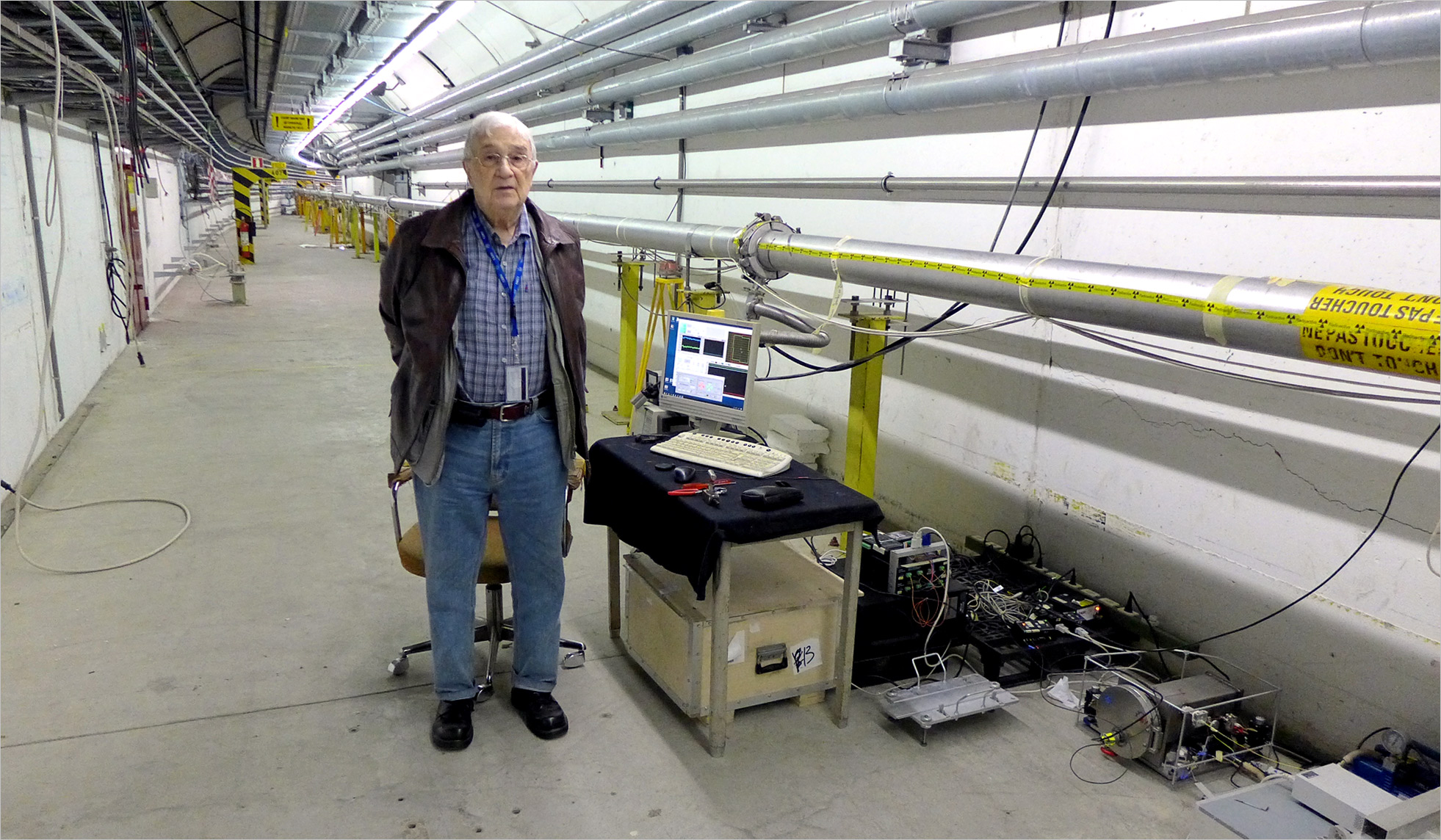DLNP STC. Prolongation of a promising project
News, 21 March 2018
At the past meeting of DLNP Science and Technology Council that was held on 15 March 2018 it was decided to prolong the project “The Precision Laser Metrology for Accelerators and Detector Complexes” for 2019-2021. The authors of the project achieved record parameters in development and construction of laser measurement complex aimed at metrological support of modern accelerators-colliders and large-scale detector complexes.
In the first part of the project, development of NETWORK consisting of six JINR Precision Laser Inclinometers (PLI) for visualization of deformation of the Earth surface caused by seismic waves is proposed. The obtained data on the deformation of the Earth surface can be used by the feedback system to correct online the operation parameters of the collider and to stabilize spatial position of the beam focus in the collision zone.
Urgency of the problem of earth quake protection of the LHC collider and the detector systems is connected with permanent seismic activity in different parts of the Earth. Spread of seismic waves causes deformation of the Earth surface that leads to distortion of particle beam trajectories that may cause divergence in the focus position in the collision zone.
In the second part of the project the authors offer further development of already proposed the Interferometric Distance Meter that will allow decreasing dependence from environmental parameters in distance measurement.
In the third part of the project, the possibility of development of the Laser Fiducial Line in the new DLNP Metrological Laboratory is studied. Research in the Laser Fiducial Line will be carried out in several steps for lines 20, 60 and 130 meters. Because of limited length of the Laboratory (23 m), lines of 60 and 130 meters will be provided only by reflecting prisms.
In the fourth part of the project, the authors offer to develop a laboratory prototype of a research platform seismically isolated from angular oscillations of the Earth surface on the PLI basis. This is of considerable interest for the ATLAS spectrometric complex, where highly accurate reproduction of the mutual arrangement of the spectrometer subsystems and structures is required. The PLI-based technology for making a seismically stabilized platform seems to allow new measurement precision levels to be obtained in physical experiments and methods.
